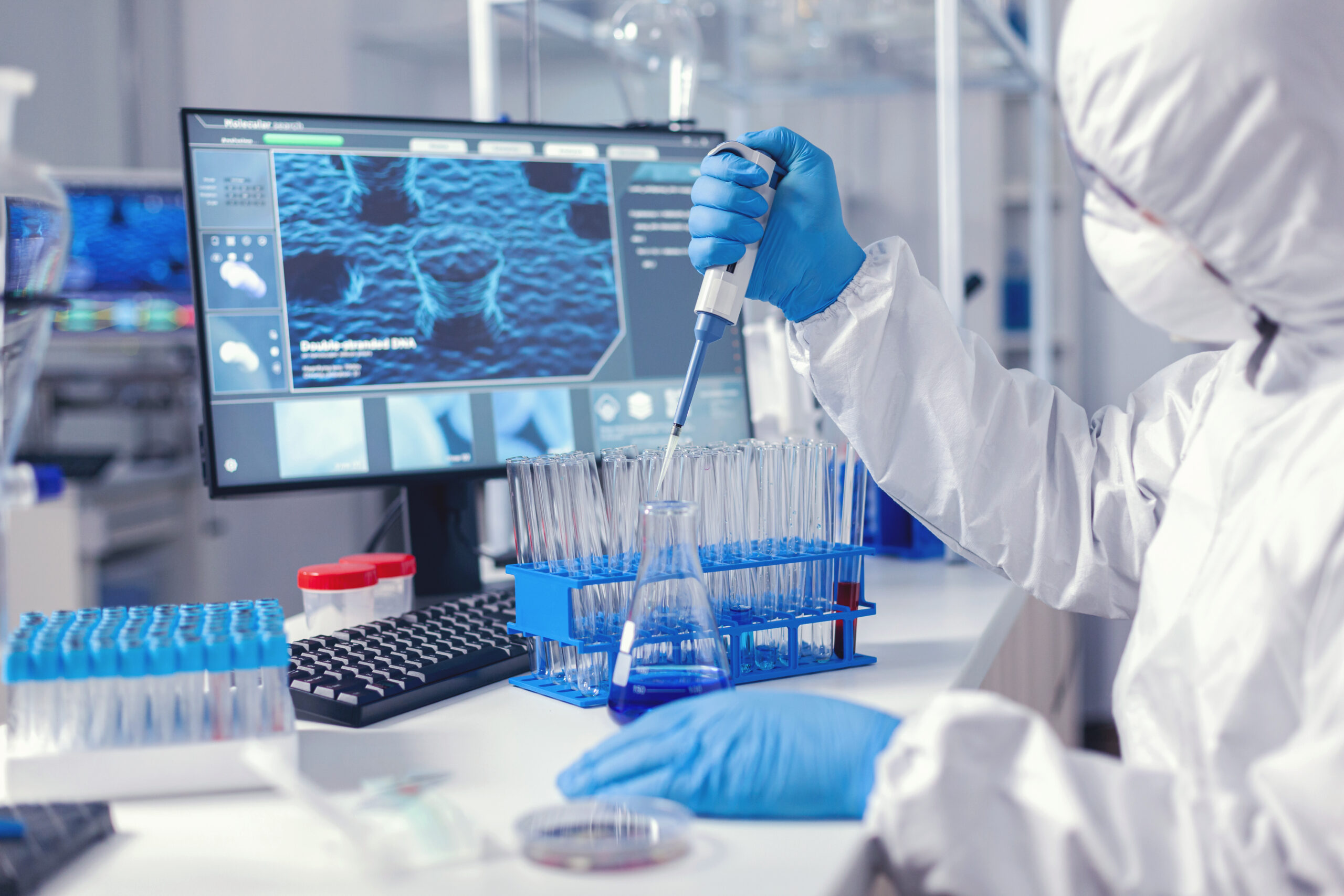High-Performance Liquid Chromatography (HPLC) method development is both a science and an art. In this article, we dive into the practical realm of HPLC by exploring real-world case studies that showcase the significance and impact of method development in various scientific disciplines.
The Crucial Role of Case Studies
Understanding the Power of HPLC
Case studies provide a unique insight into how HPLC methods are tailored to meet the specific needs of analytical challenges. By examining real-world examples, we can appreciate the versatility and adaptability of HPLC across different applications.
Learning from Success
Case studies not only celebrate successes but also shed light on the challenges faced during method development. These stories offer valuable lessons for scientists and analysts looking to optimize their HPLC methods for a variety of applications.
Pharmaceutical Quality Control
Case Study 1: Ensuring Drug Purity
In the pharmaceutical industry, HPLC plays a critical role in quality control. A case study highlights how an innovative HPLC method was developed to analyze and ensure the purity of a complex drug formulation. The success of this method led to improved drug quality and regulatory compliance.
Case Study 2: Accelerating Drug Development
Another case study focuses on the rapid development of HPLC methods for drug candidates in the early stages of development. These methods allowed pharmaceutical researchers to screen compounds quickly, accelerating drug discovery and reducing development costs.
Environmental Analysis
Case Study 3: Detecting Environmental Contaminants
Environmental scientists rely on HPLC to detect and quantify environmental contaminants. A case study showcases the development of an HPLC method for detecting trace levels of persistent organic pollutants in water, contributing to environmental monitoring and conservation efforts.
Case Study 4: Identifying Pesticide Residues
In agriculture and food safety, HPLC is used to identify pesticide residues in crops and food products. A case study highlights the development of an HPLC method to ensure food safety by accurately quantifying pesticide residues, providing consumers with safe and high-quality produce.
Clinical Diagnostics
Case Study 5: Early Disease Detection
In clinical diagnostics, HPLC aids in the early detection of diseases. A case study demonstrates how an innovative HPLC method was developed to detect specific biomarkers in patient samples, enabling early disease diagnosis and intervention.
Case Study 6: Personalized Medicine
HPLC method development is vital in personalized medicine. A case study showcases how HPLC is used to tailor treatment plans by analyzing individual patient profiles and optimizing drug dosage, leading to improved patient outcomes.
Practical Considerations in HPLC Method Development
The case studies presented in this article not only highlight the successes but also underscore the importance of practical considerations in HPLC method development. Whether in pharmaceutical quality control, environmental analysis, or clinical diagnostics, certain practical principles consistently play a vital role in achieving success:
General Principles
General principles of HPLC method development encompass key aspects such as analyte selection, sample preparation, method optimization, and validation. These principles form the foundation for any successful HPLC method, ensuring that it meets its intended purpose with accuracy and reliability.
Analyte Selection
Choosing the target analytes for an HPLC method is a critical decision. Each case study showcases the importance of selecting the right compounds or biomarkers to address specific analytical challenges. The analyte selection process is guided by factors such as the compounds’ chemical properties, concentration levels, and relevance to the analytical objective.
Sample Preparation
Efficient sample preparation is a common theme in the case studies. It’s essential to prepare samples that are compatible with the HPLC system and capable of providing reliable results. Sample preparation techniques are often tailored to the analytes and the matrix in which they are present. Adequate sample preparation can significantly impact the quality of data and analytical precision.
Method Optimization
Method optimization is a recurring practical consideration. The case studies demonstrate how method parameters, such as column choice, mobile phase composition, flow rate, and detection conditions, are adjusted to meet the specific analytical requirements. Fine-tuning these parameters is critical to achieving the desired separation and quantification.
Validation
Method validation is a consistent thread running through the case studies, particularly in regulated industries like pharmaceuticals and clinical diagnostics. Validating the HPLC method involves assessing its performance in terms of accuracy, precision, linearity, and selectivity. It’s crucial to ensure that the method consistently produces reliable results, providing confidence in its application.
Regulatory Compliance
Several case studies in regulated industries underscore the significance of regulatory compliance. Adherence to regulatory guidelines and standards is essential to ensure product quality, safety, and efficacy. Regulatory agencies, such as the FDA and EMA, have specific requirements that must be met in method development and validation.
Frequently Asked Questions (FAQs) about Case Studies in HPLC Method Development
Q1: What are case studies in HPLC method development?
A1: Case studies in HPLC method development are real-world examples that illustrate how HPLC methods are tailored to meet specific analytical challenges. These case studies provide insights into the practical application of HPLC in diverse scientific disciplines.
Q2: Why are case studies important in HPLC method development?
A2: Case studies are valuable because they offer practical insights into the challenges and successes of HPLC method development. They provide lessons and best practices that can benefit scientists and analysts working to optimize their HPLC methods for various applications.
Q3: How do case studies benefit pharmaceutical quality control?
A3: Case studies in pharmaceutical quality control demonstrate how HPLC methods are developed to ensure drug purity and accelerate drug development. These examples showcase the role of HPLC in meeting regulatory standards and improving pharmaceutical products.
Q4: What insights can be gained from case studies in environmental analysis?
A4: Case studies in environmental analysis highlight how HPLC is used to detect and quantify environmental contaminants and pesticide residues. They emphasize the role of HPLC in environmental monitoring and ensuring food and water safety.
Q5: How do case studies in clinical diagnostics contribute to healthcare?
A5: Case studies in clinical diagnostics reveal how HPLC is used for early disease detection and personalized medicine. These examples demonstrate the importance of HPLC in diagnosing diseases and optimizing treatment plans for improved patient outcomes.
Q6: What are the common practical considerations in HPLC method development, as seen in case studies?
A6: Practical considerations in HPLC method development, evident in case studies, include general principles such as analyte selection, sample preparation, method optimization, validation, and regulatory compliance. These considerations are essential for developing robust and reliable HPLC methods.
Conclusion: From Theory to Practice
Case studies in HPLC method development bridge the gap between theoretical knowledge and practical application. These real-world success stories illustrate the dynamic nature of HPLC and its ability to adapt to diverse challenges in pharmaceuticals, environmental analysis, clinical diagnostics, and more. As we delve into these cases, we witness the profound impact of HPLC on scientific discovery, quality control, and improving human and environmental health.
For more articles, Kindly Click here.
For pharmaceutical jobs, follow us on LinkedIn
For Editable SOPs in word, format contact us on info@pharmaceuticalcarrier.com


